Scaly Cockle Shell, Trachycardium consors
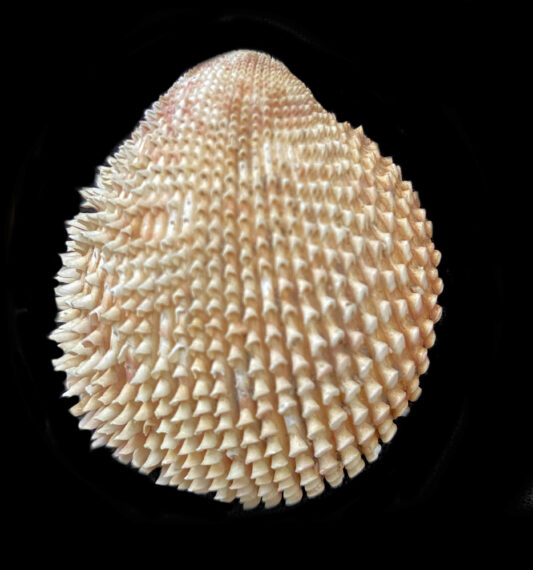
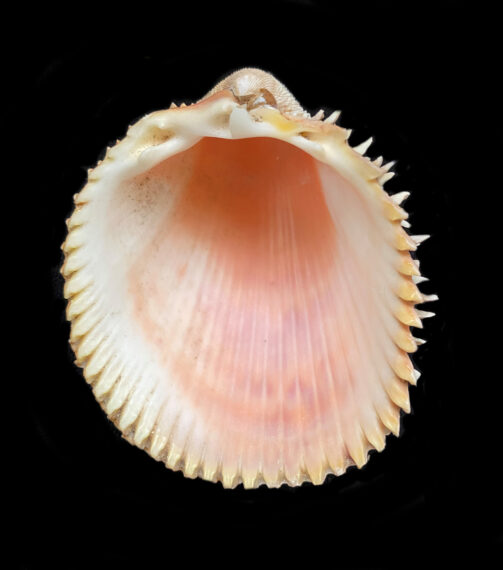
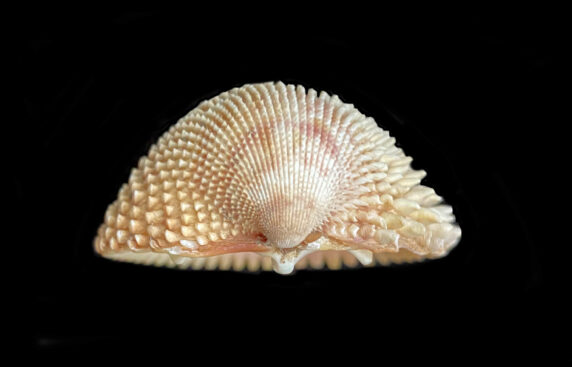 Scaly Cockle, Trachycardium consors. Shell collected off the beach at Punta Chivato, Baja California Sur, December 2021. Size: 53 cm (2.1 inches) x 6.0 cm (2.4 inches). Collection courtesy of Kathy Farley, Punta Chivato. Photograph and Identifications courtesy of Colin Campbell, DVM, Punta Chivato, Baja California Sur.
Scaly Cockle, Trachycardium consors. Shell collected off the beach at Punta Chivato, Baja California Sur, December 2021. Size: 53 cm (2.1 inches) x 6.0 cm (2.4 inches). Collection courtesy of Kathy Farley, Punta Chivato. Photograph and Identifications courtesy of Colin Campbell, DVM, Punta Chivato, Baja California Sur.
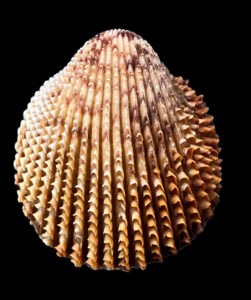
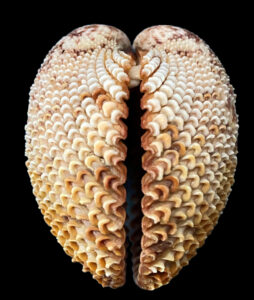 Scaly Cockle, Trachycardium consors. Size: 8.4 cm (3.3 inches) x 6.8 cm (2.7 inches). Shell collected off the beach of Bahía Concepción, Baja California Sur, July 2005. Shell collection, photograph and identification courtesy of Bob Hillis, Ivins, Utah.
Scaly Cockle, Trachycardium consors. Size: 8.4 cm (3.3 inches) x 6.8 cm (2.7 inches). Shell collected off the beach of Bahía Concepción, Baja California Sur, July 2005. Shell collection, photograph and identification courtesy of Bob Hillis, Ivins, Utah.
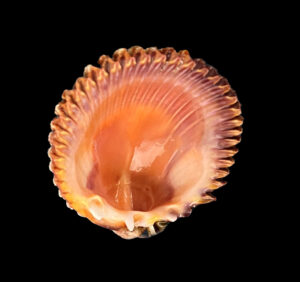
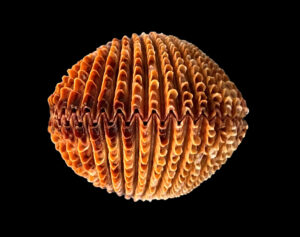
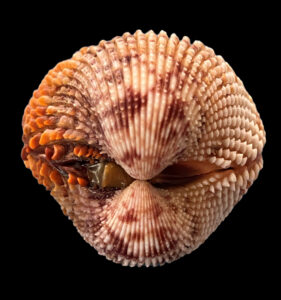 Scaly Cockle Shell, Trachycardium consors. Size: 8.4 cm (3.3 inches) x 6.8 cm (2.7 inches). Shell collected in the along the coast of Bahía Concepción, Baja California Sur, March 2015. Collection, photograph and identification courtesy of Bob Hillis, Ivins, Utah.
Scaly Cockle Shell, Trachycardium consors. Size: 8.4 cm (3.3 inches) x 6.8 cm (2.7 inches). Shell collected in the along the coast of Bahía Concepción, Baja California Sur, March 2015. Collection, photograph and identification courtesy of Bob Hillis, Ivins, Utah.
The Scaly Cockle, Trachycardium consors (G.B. Sowerby I, 1833), is a bivalve mollusk that is a member of the Cardiidae Family of Cockles and True Cockles, that is also known as the Heart Cockle and the Prickly Cockle and in Mexico as barberecho consorte. The shell is inflated, sturdy, and equivalve shell with numerous, deep, radiating ribs with an oval to tear-drop shaped profile. The ribs are covered with overlapping scales that are more noticeable at both ends. They are brown on the outside and the inside is white with a pink wash. The Scaly Cockle Shell reach a maximum of 8.4 cm (3.3 inches) in length and 6.8 cm (2.7 inches) in height.
The Scaly Cockle is found over and within sand and mud substrate at depths between 30 m (100 feet) and 100 m (330 feet). They are found from Southern California to Ecuador, including the Galapagos Islands and within the Sea of Cortez they range from Bahía Concepción, Baja California Sur to Cabo San Lucas, Baja California Sur.
Synonyms include Cardium consors and Cardium laxum.